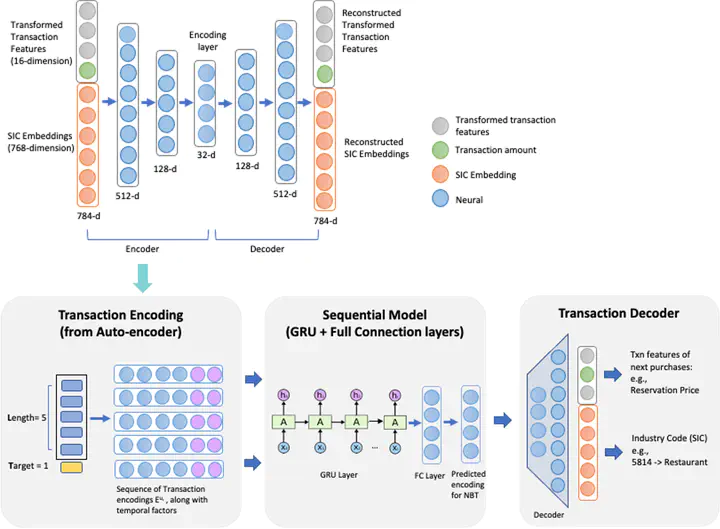Sequential Recommendation Model for Next Purchase Prediction

Timeliness and contextual accuracy of recommendations are increasingly important when delivering contemporary digital marketing experiences. Conventional recommender systems (RS) suggest relevant but time-invariant items to users by accounting for their past purchases. These recommendations only map to customers’ general preferences rather than a customer’s specific needs immediately preceding a purchase. In contrast, RSs that consider the order of transactions, purchases, or experiences to measure evolving preferences can offer more salient and effective recommendations to customers: Sequential RSs not only benefit from a better behavioral understanding of a user’s current needs but also better predictive power. In this paper, we demonstrate and rank the effectiveness of a sequential recommendation system by utilizing a production dataset of over 2.7 million credit card transactions for 46K cardholders. The method first employs an autoencoder on raw transaction data and submits observed transaction encodings to a GRU-based sequential model. The sequential model produces a MAP@1 metric of 47% on the out-of-sample test set, in line with existing research. We also discuss implications for embedding real-time predictions using the sequential RS into Nexus, a scalable, low-latency, event-based digital experience architecture.